مايكل كورين ويست & nbsp(1908-1991)
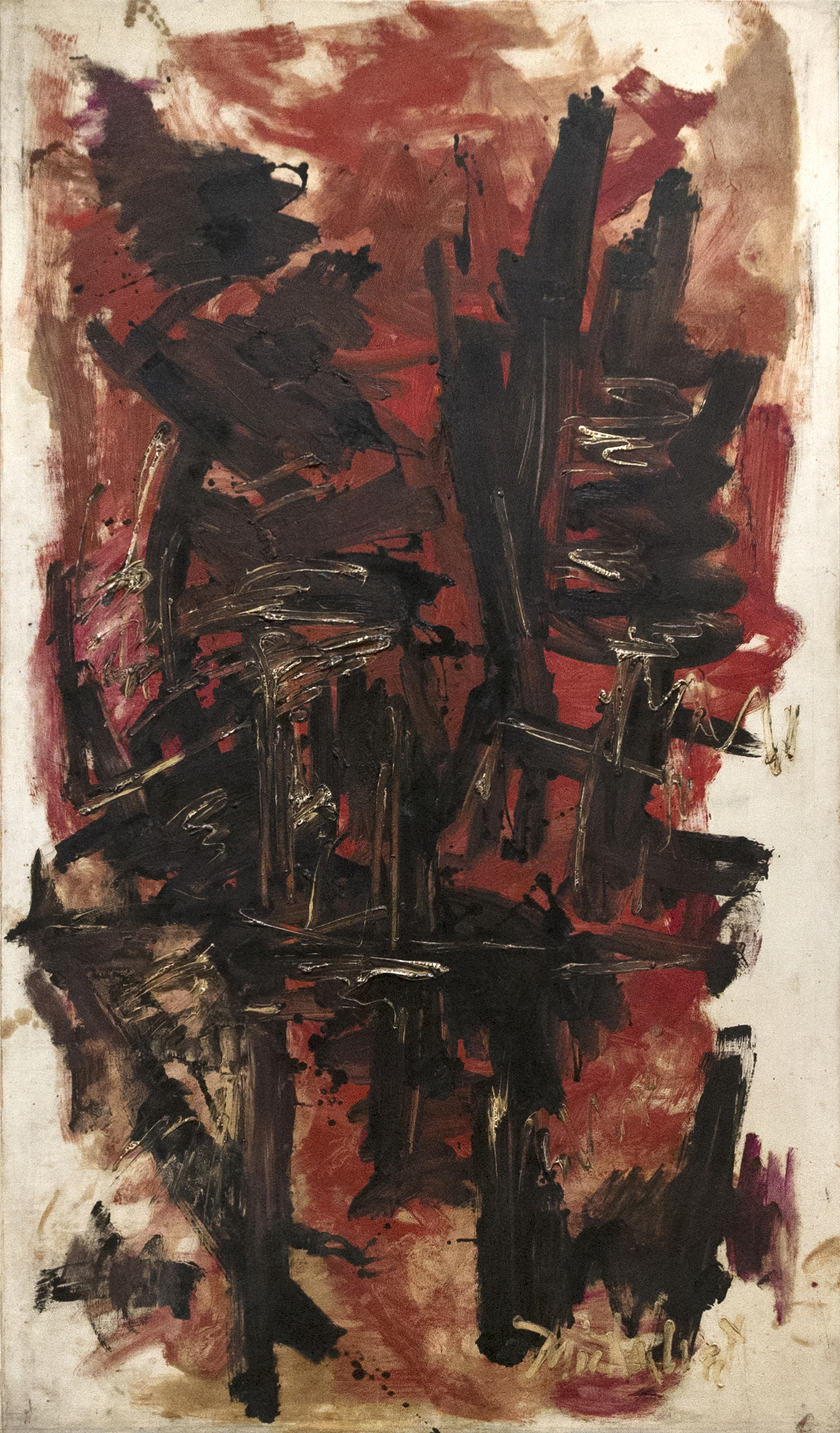
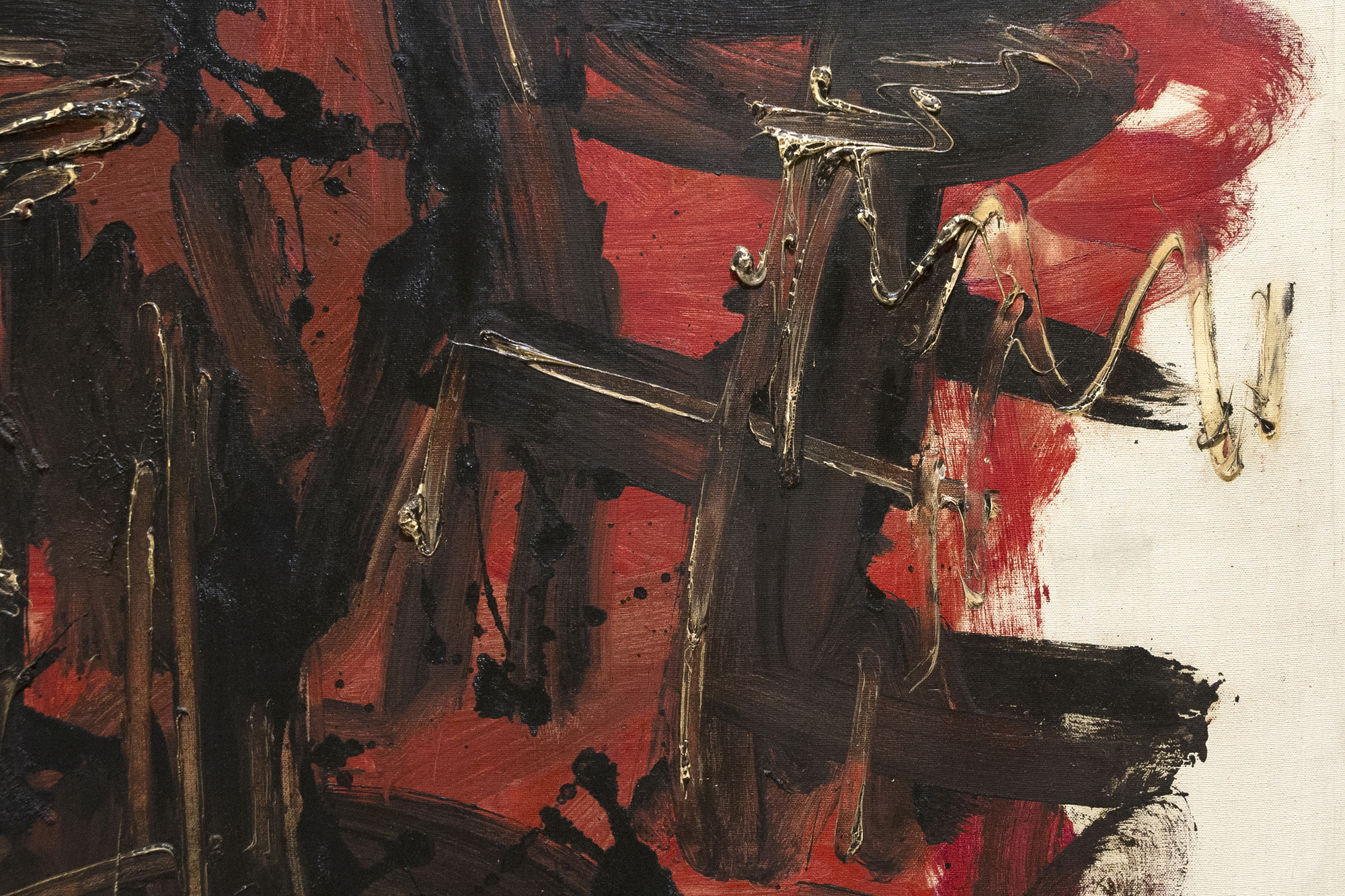

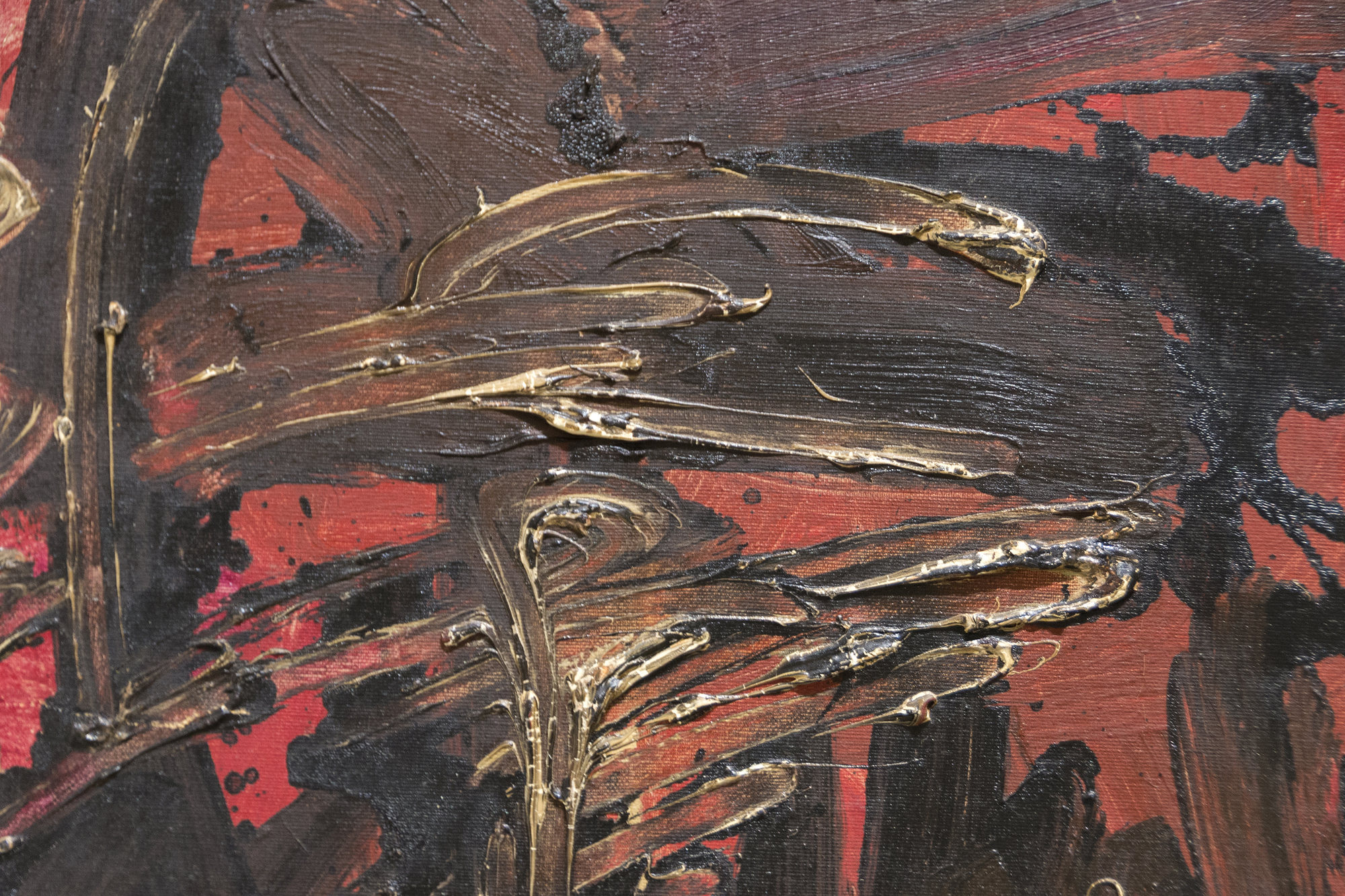
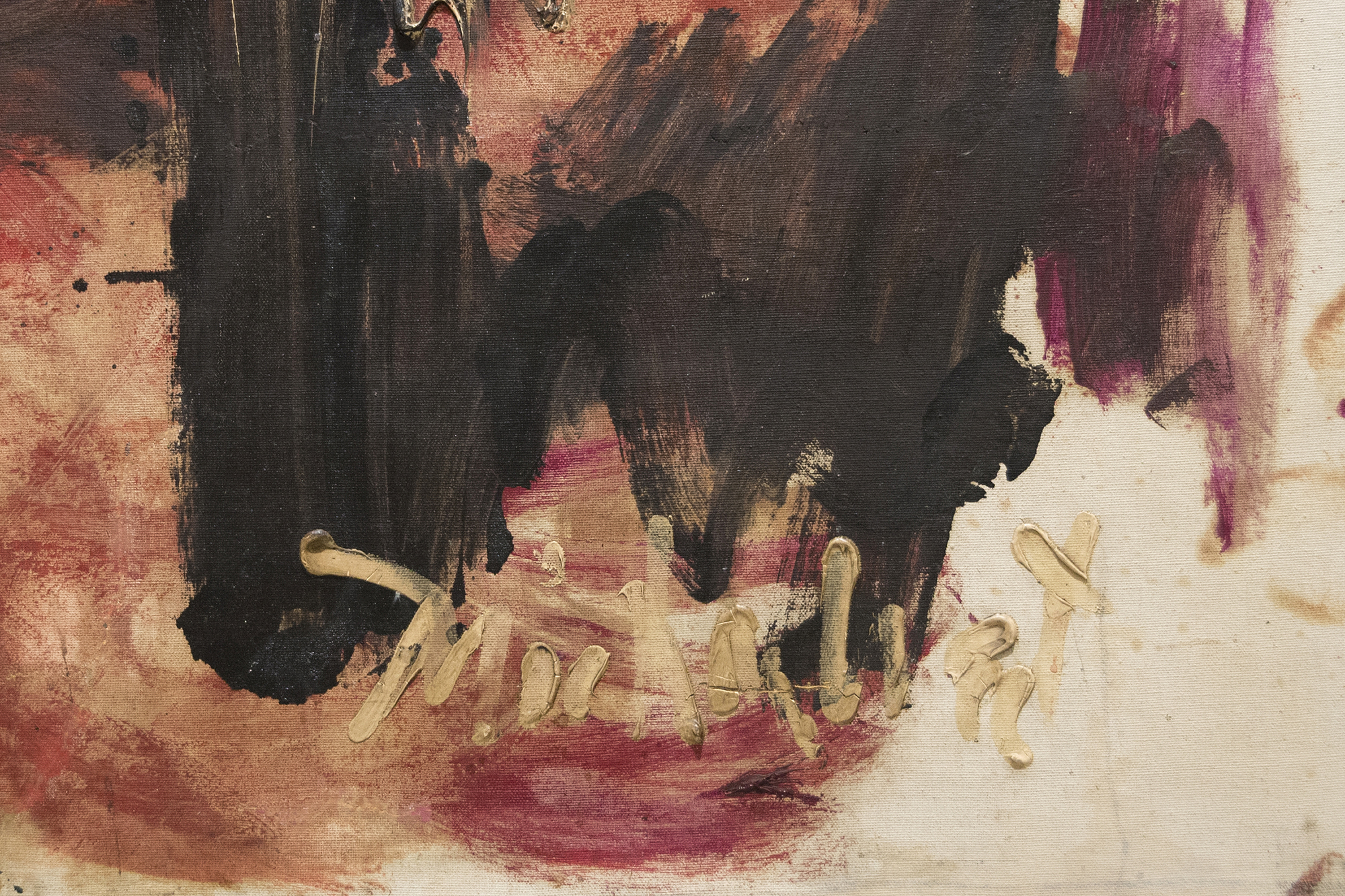
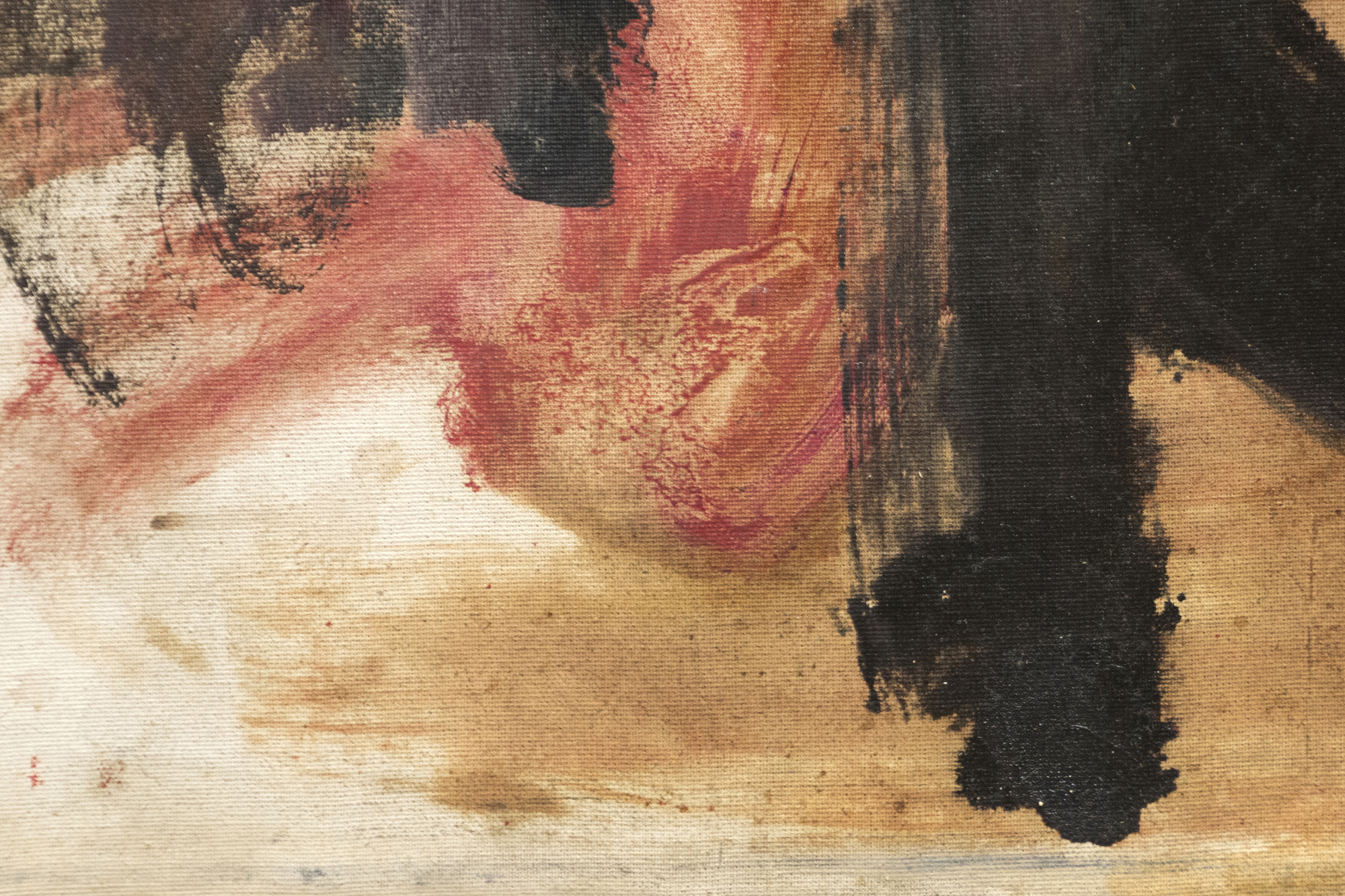
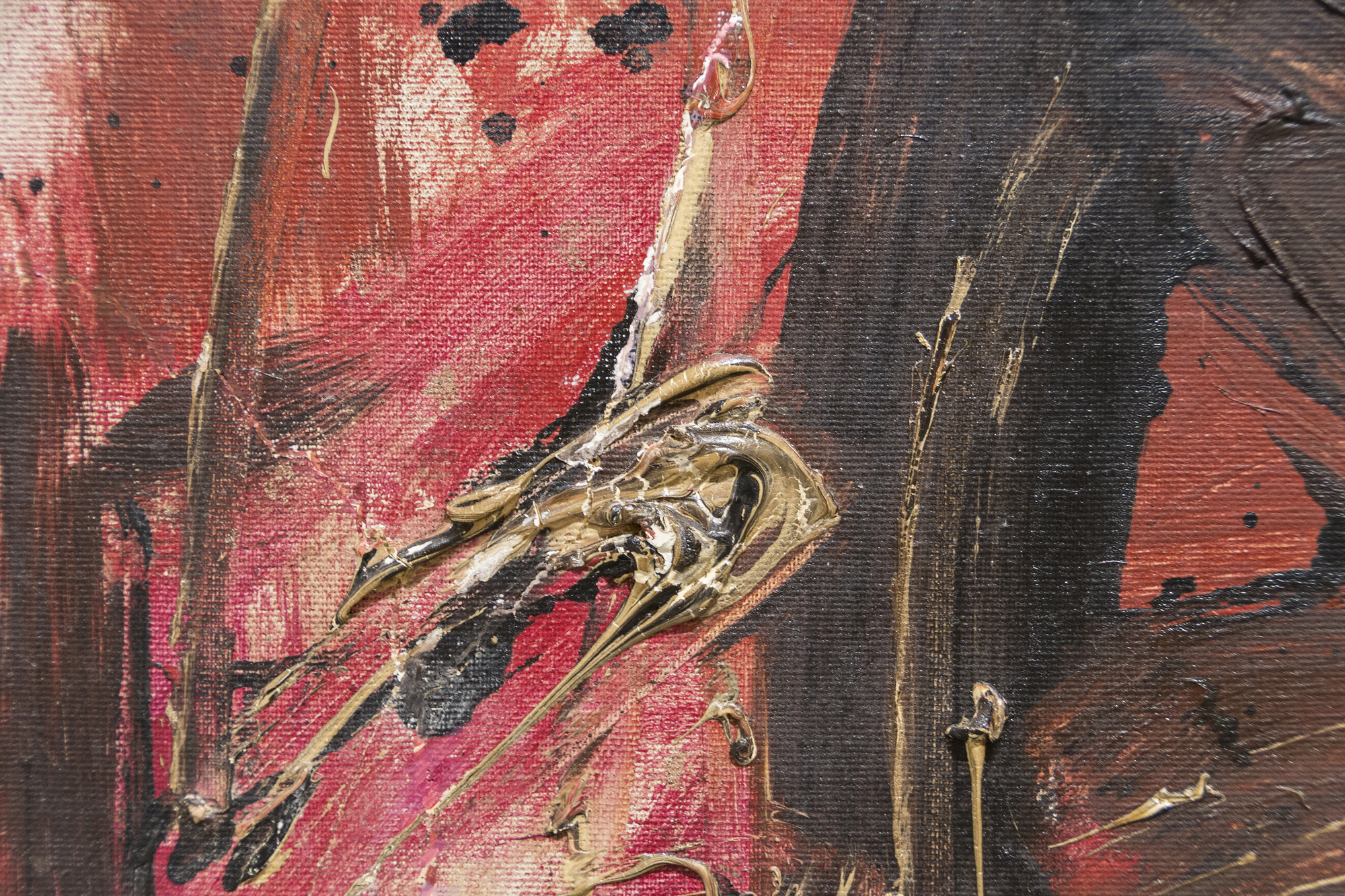
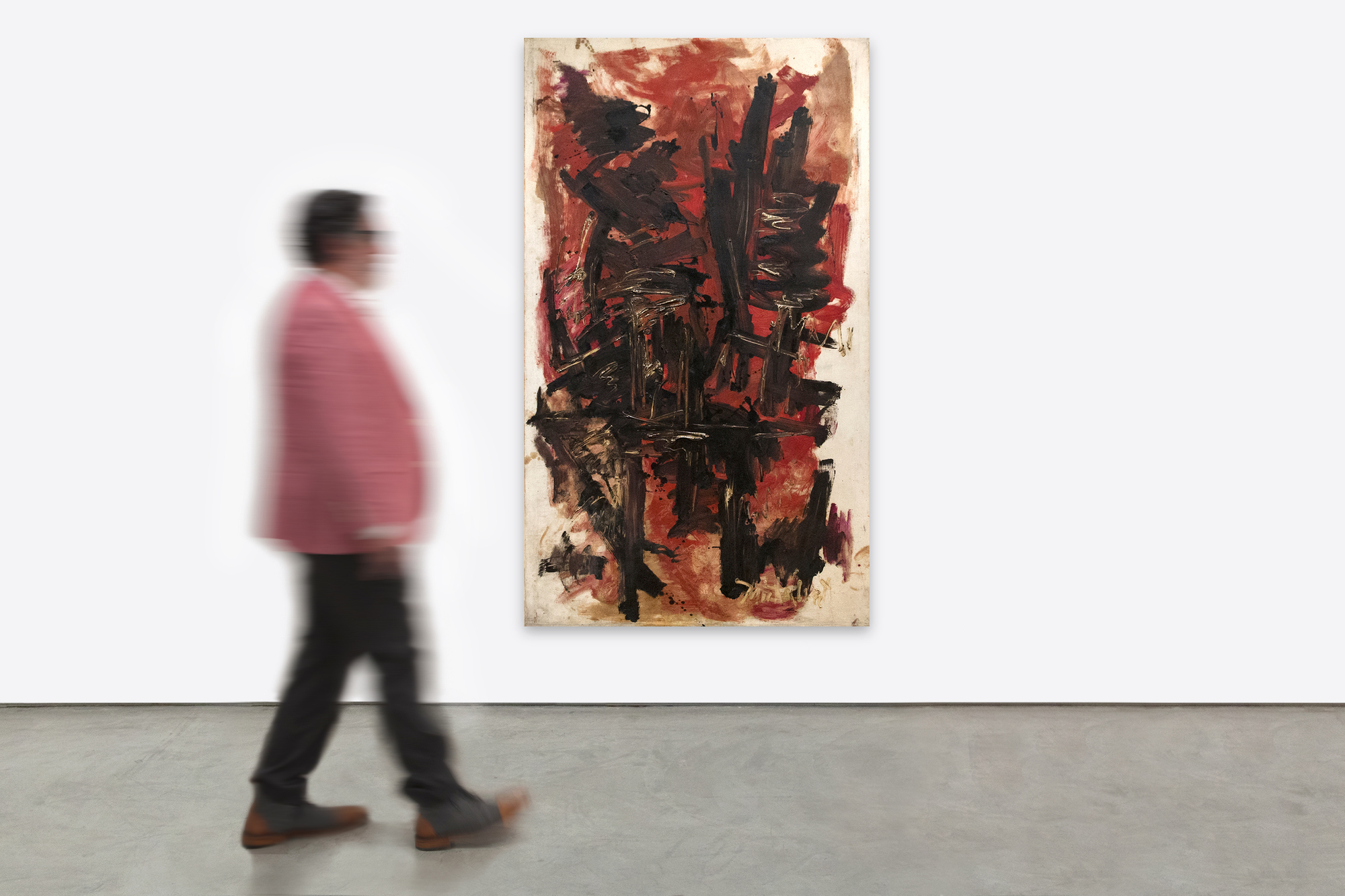
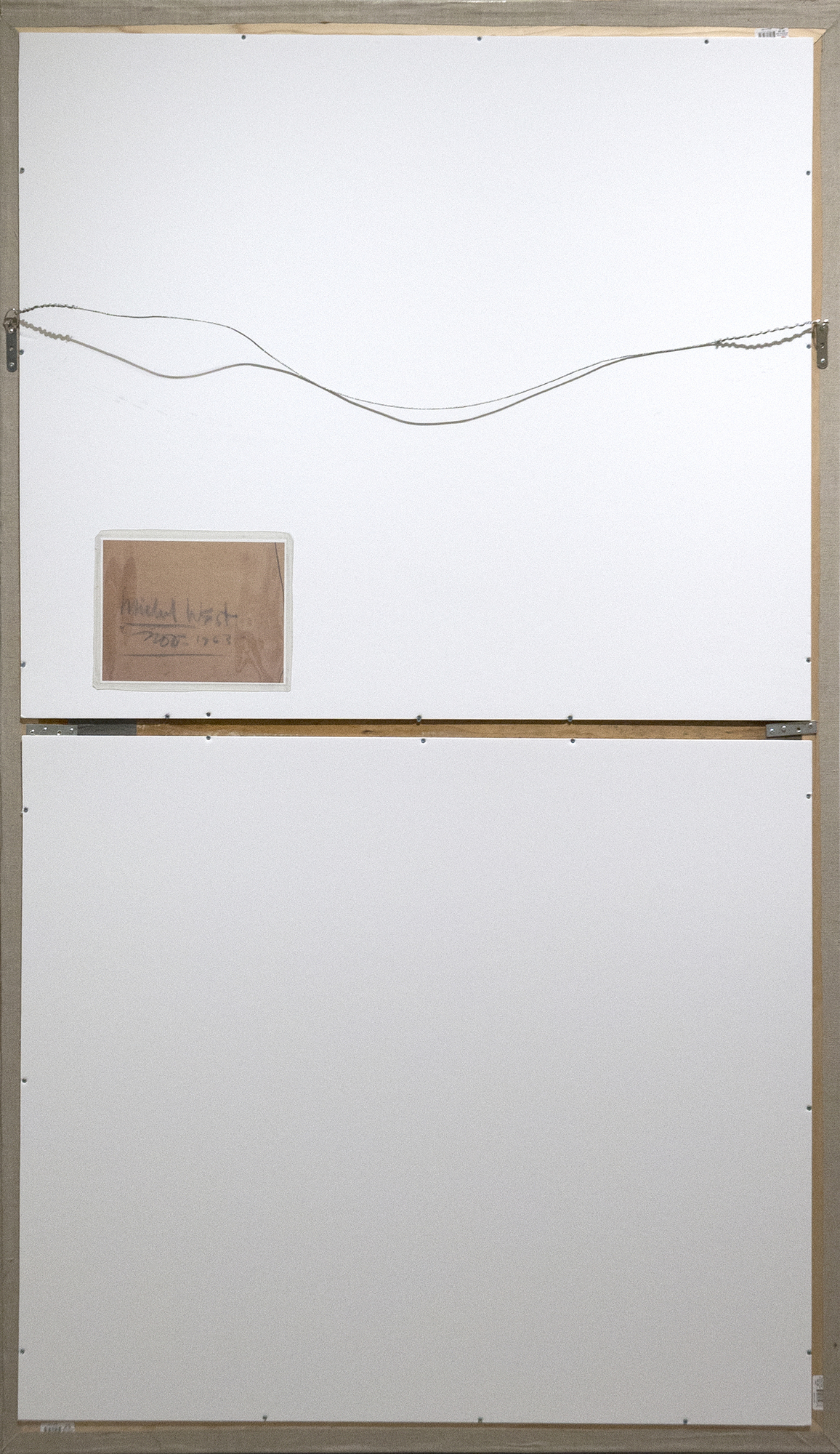
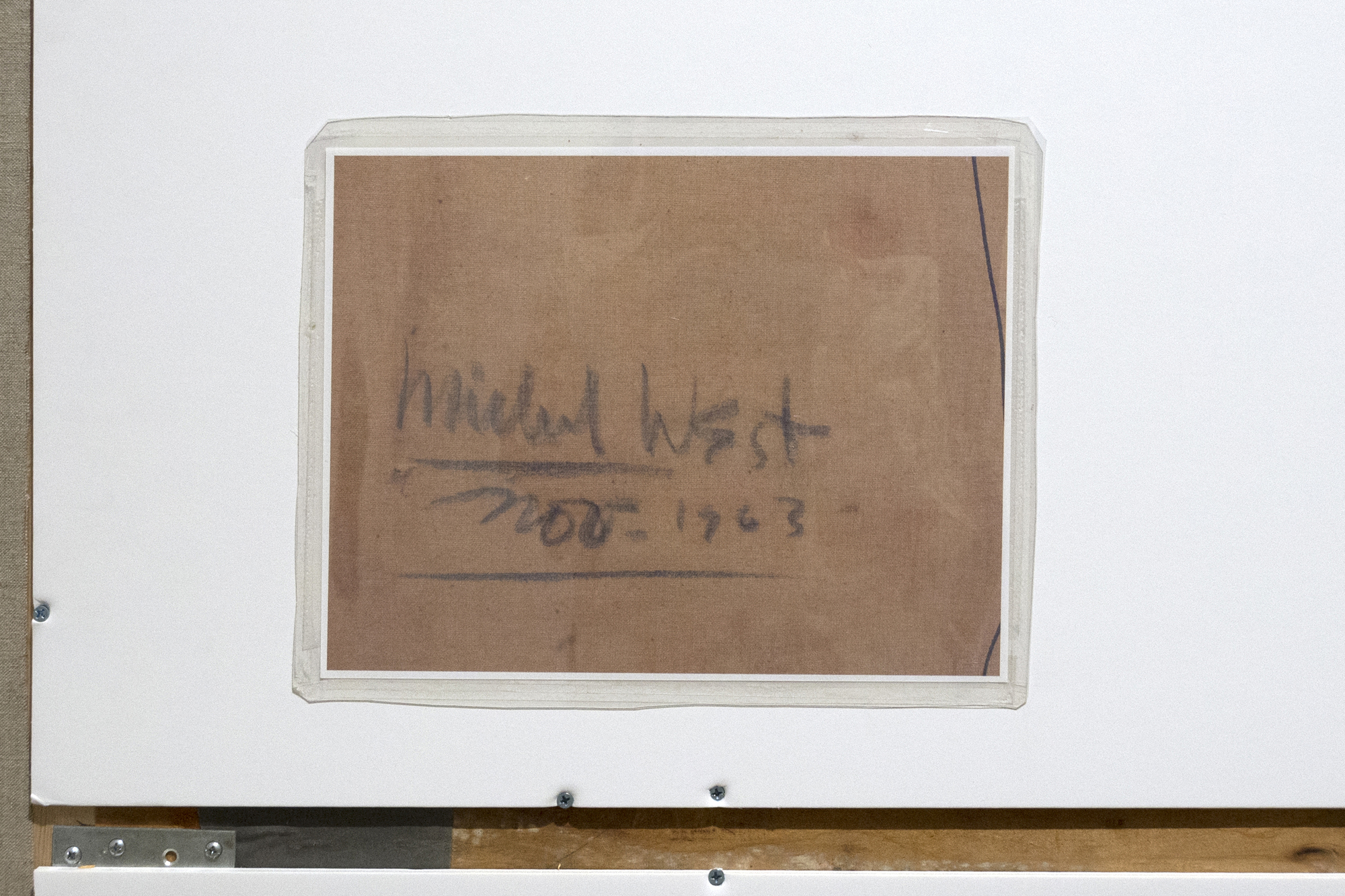
الاصل
مجموعة خاصة، نيويوركمجموعة خاصة
هيذر جيمس للفنون الجميلة
195,000
لوحة "اليوم التالي"، التي رسمتها عام 1963، هي استجابة تجريدية عميقة من ويست للحظة محورية في التاريخ الأمريكي - اغتيال الرئيس جون كينيدي. توحي الطبقات المتداخلة من الألوان المشبعة باللون الأحمر الدموي المشبع التي تتصادم مع ضربات قوية من اللون الأسود بالتمزق في الوعي الوطني وتثير مشاعر الاضطراب والارتباك، وتجسد حزن الفنان الداخلي. حوَّل ويست الحدث إلى تعبير شخصي عميق عن الحداد، ملتقطاً ثقل حزن الأمة في شكل يتحدى التمثيل الحرفي لكنه يعبر عن مشاعر كبيرة.


